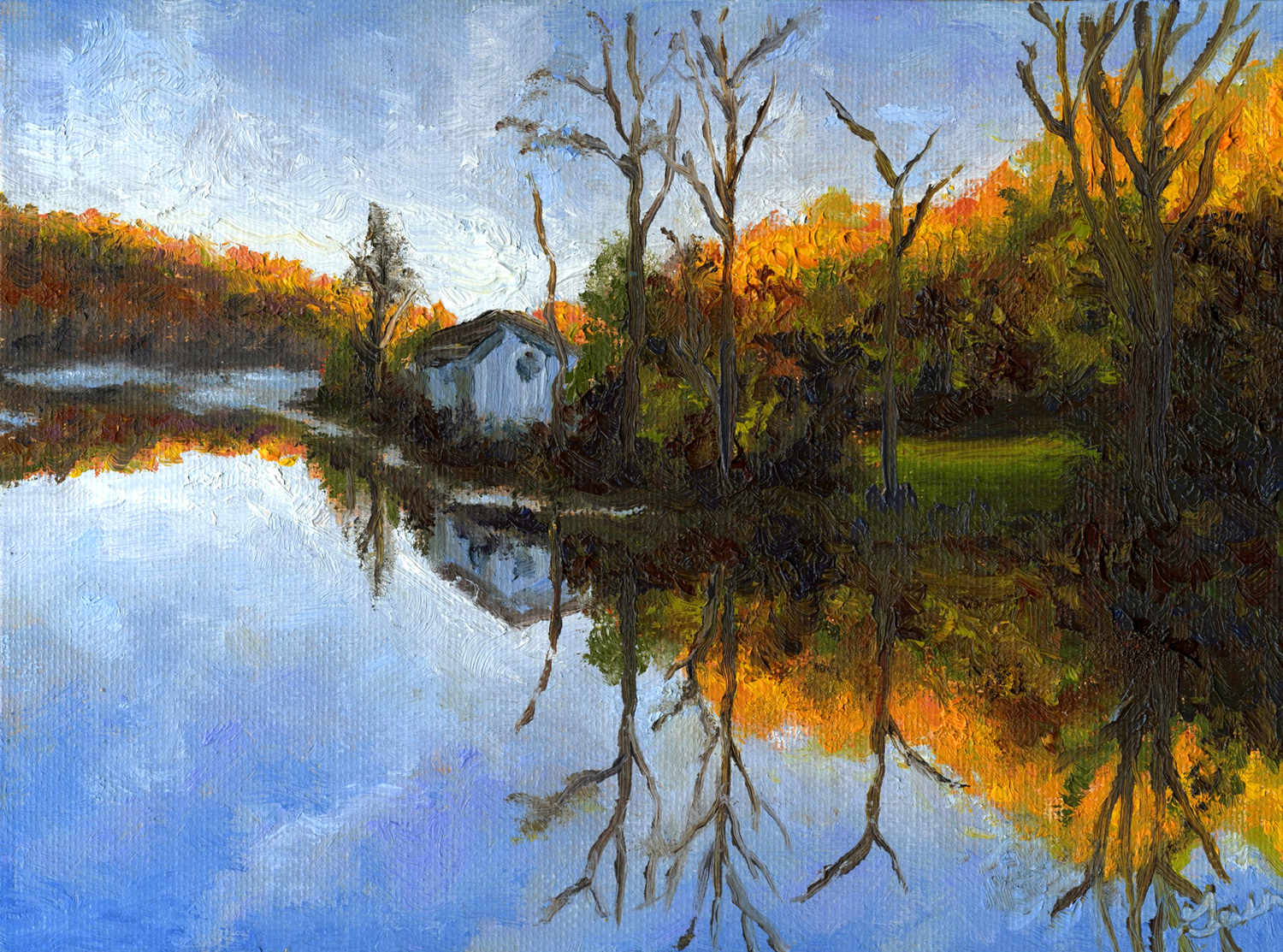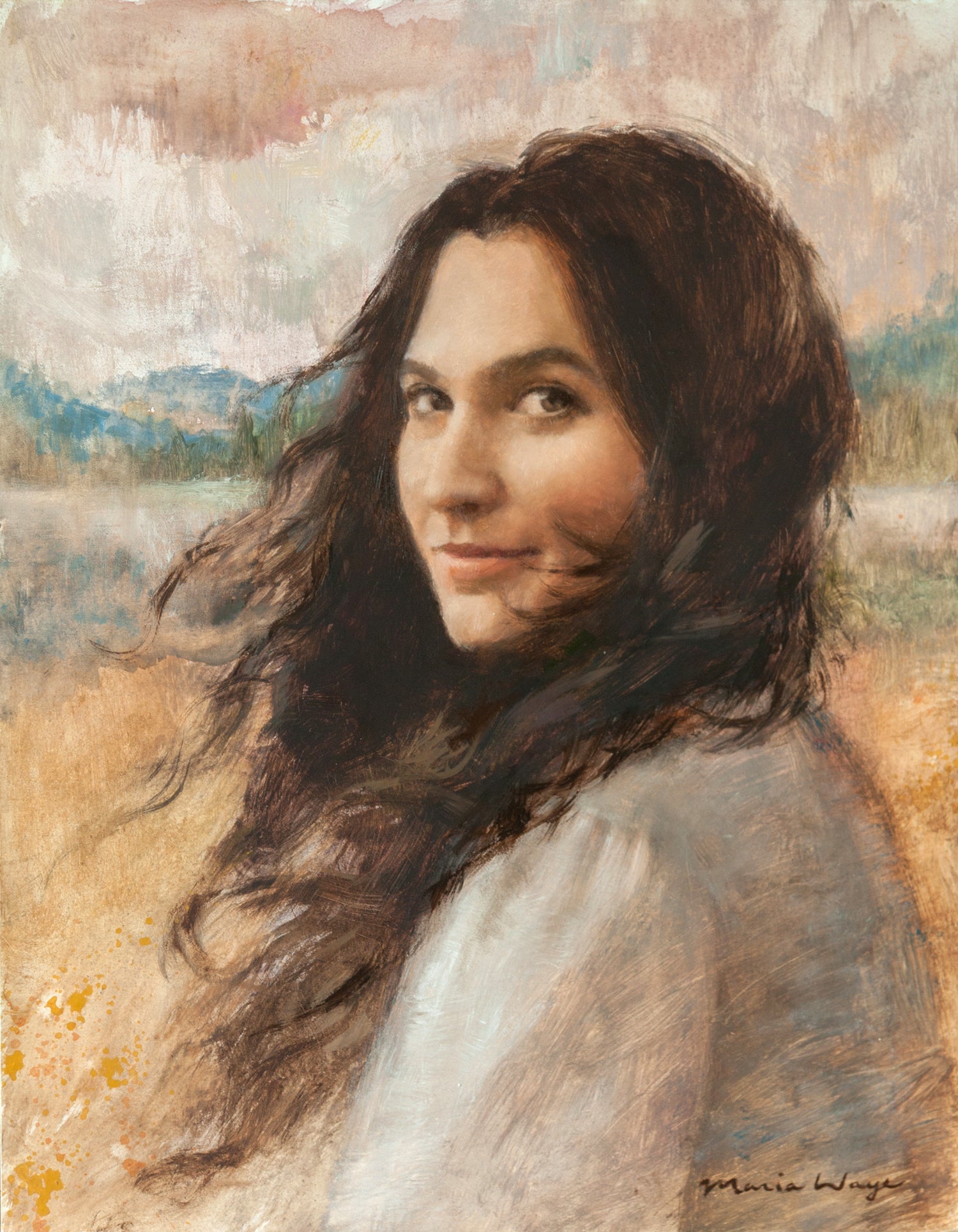Exploring Everything About Oil Paintings: A Guide to Recognizing Their Beauty and Worth
Oil paintings have captivated target markets for centuries, using a glimpse right into the imaginative mastery of different ages. Their rich history is linked with innovative techniques and profound emotional expression. Understanding the products and approaches behind these artworks can improve gratitude. In addition, the market for oil paintings presents opportunities for capitalists and collectors alike. As one discovers this remarkable world, the question arises: what makes an oil painting absolutely useful?
The Background of Oil Paint: A Trip Via Time
Oil painting has roots that date back to old times, it really prospered during the Renaissance, when artists found its flexibility and rich shade potential. Early instances can be mapped to the 7th century, with techniques evolving notably throughout cultures. The tool ended up being popular in Northern Europe in the 15th century, specifically via the jobs of musicians like Jan van Eyck, who spearheaded its usage for comprehensive realistic look and vibrant tones. This period marked a departure from tempera paints, enabling greater depth and texture. As oil painting spread, it influenced countless artists, leading to work of arts by popular numbers such as Leonardo da Vinci and Rembrandt. The medium's heritage continues, shaping the art globe well into modern times.
Comprehending Oil Repaints: Materials and Techniques
As musicians explore the world of oil paints, they come across a varied variety of materials and methods that specify this medium. The key parts of oil paint consist of pigments, which provide shade, and drying out oils, such as linseed, that bind the pigments and help with application. Different additives can customize the paint's structure and drying time, enhancing convenience. Strategies like glazing, where clear layers are accumulated, and impasto, which includes applying thick paint, allow for different visual impacts. Additionally, making use of brushes, combination knives, and even fingers can develop distinct textures and finishes. Recognizing these methods and products enables musicians to totally reveal their creative thinking and achieve the preferred influence in their art work.
The Role of Color in Oil Paintings
Shade plays a pivotal role in oil paintings, affecting both visual allure and emotional vibration. Understanding color concept essentials, consisting of the partnerships between hues, can enhance a musician's capability to communicate state of mind and atmosphere. Additionally, understanding shade mixing techniques enables better depth and splendor in a paint's palette.

Color Concept Fundamentals
Comprehending shade theory is important for musicians dealing with oil paints, as it creates the foundation for producing harmonious and aesthetically interesting compositions. Shade concept encompasses the research of how shades communicate, the color wheel, and the partnerships in between primary, second, and tertiary colors. Artists utilize complementary shades to improve contrasts and develop prime focus, while comparable colors promote unity and cohesiveness within an item. Additionally, the principles of amazing and warm colors affect the perception of deepness and space in a paint. Comprehending these principles allows musicians to control shade successfully, directing the customer's eye and communicating their intended message. Mastery of color theory ultimately enhances an artist's capacity to share feelings and concepts with their job.
Emotional Influence of Color
The emotional impact of color in oil paints plays an important function in how viewers perceive and connect with art work. Shades evoke certain sensations and moods, influencing the viewer's emotion. For example, warm colors like reds and oranges can create a sense of heat and power, while amazing tones such as blues and greens typically stimulate peace or introspection. Artists strategically select shade combinations to enhance narrative elements, directing the target market's psychological trip. The saturation and contrast of colors even more amplify these impacts, drawing attention and creating emphasis. Eventually, the interplay of colors in oil paintings not only boosts their aesthetic appeal but also functions as an effective tool for emotional expression, improving the viewer's experience and interpretation.
Color Combining Techniques
While many elements of oil paint contribute to the total make-up, grasping color blending strategies is necessary for achieving desired impacts and depth. Color blending can be come close to with numerous techniques, including the additive and subtractive procedures. Additive mixing entails integrating shades of light, while subtractive blending counts on pigments, where colors mix to develop brand-new shades. Musicians usually use a limited palette to produce harmonious jobs, comprehending the connections in between key, second, and tertiary colors. Methods such as glazing and scumbling better improve deepness and brightness. By skillfully mixing shades, a musician can evoke feelings, create prime focus, and accomplish a feeling of realism, inevitably raising the painting's emotional and visual impact.
Famous Oil Painters and Their Iconic Works

Famous for their proficiency of shade and technique, oil painters have created some of the most renowned art work in background. Renowned musicians like Vincent van Gogh astounded target markets with his emotive brushwork in "Starry Night," while Claude Monet's "Impression, Daybreak" prepared for Impressionism. Leonardo da Vinci's "Mona Lisa" continues to be an enduring icon of artistic wizard, showcasing his ability in recording human expression. At the same time, Rembrandt's "The Evening Watch" illustrates his ingenious use of light and darkness. Various other remarkable figures include Pablo Picasso, who reinvented modern-day art with his strong experimentation in jobs like "Les Demoiselles d'Avignon," and Georgia O'Keeffe, whose dynamic representations of landscapes and flowers assisted specify American innovation. Each musician's special design added substantially to the oil painting landscape.
How to Examine the Top Quality of an Oil Painting
Assessing the top quality of an oil painting includes a cautious evaluation of workmanship methods, along with an analysis of color and structure. Observing brushwork, layering, and the application of paint can expose the artist's skill degree. In addition, the interplay of colors and the overall setup of aspects add considerably to the painting's aesthetic worth.
Examining Workmanship Strategies
A thorough assessment of craftsmanship methods is important for establishing the top quality of an oil paint. Critics ought to initially analyze the application of paint; thick, distinctive brushstrokes may suggest a knowledgeable hand, while overly uniform applications can show an absence of deepness. oil paintings for sale. The layering technique is also important; the visibility of glazes and varied thickness can enhance brightness and intricacy. Additionally, the high quality of the materials made use of, such as the canvas and pigments, plays a considerable duty in resilience and overall visual. Interest to detail in elements like sides and changes between shades reflects the musician's commitment to their craft. Eventually, these techniques add to the painting's psychological impact and market price, functioning as indications of the musician's skill and intent
Evaluating Shade and Make-up
While reviewing the high quality of an oil painting, one should focus on the interplay of shade and composition, get more info as these components are fundamental to the artwork's general impact. Color options can evoke feelings and develop mood; for that reason, the artist's scheme must be checked out for consistency and contrast. A healthy composition guides the customer's eye and produces a sense of unity. Artists typically employ methods like the guideline of thirds or leading lines to enhance visual rate of interest. Furthermore, making use of light and darkness can add deepness, enhancing the three-dimensionality of the painting. Eventually, a successful oil painting marries shade and structure, involving the audience and inviting a deeper appreciation of the musician's vision and method.
Caring for and Preserving Oil Paintings
Proper treatment and preservation of oil paints is crucial for keeping their honesty and longevity. To protect these artworks, it is vital to present them away from direct sunshine, which can cause fading and staining. Keeping a stable setting with regulated temperature level and moisture more aids in protecting against damage. Cleansing should be done gently using a soft, dry cloth, avoiding any severe chemicals that can hurt the paint or varnish. Normal examinations for indicators of deterioration, such as breaking or flaking, are suggested. When transporting or storing oil paintings, correct extra padding and framing are necessary to prevent physical harm. Eventually, persistent treatment contributes to the aesthetic appeal and value of oil paintings with time.
The Market for Oil Paints: Collecting and Spending
Comprehending the market characteristics for oil paintings is important for capitalists and collectors alike. The worth of these art work is influenced by numerous factors, including the artist's online reputation, historical value, and existing fads. Enthusiasts commonly look for pieces that resonate personally while taking into consideration possible appreciation in value. Public auctions and galleries work as main locations for buying and marketing, with prices changing based on need and rarity. Investing in oil paintings calls for study into the market, as well as an understanding of authenticity and provenance. In addition, arising artists might provide chances for significant returns, while developed names can regulate high rates. In general, a critical method to accumulating can generate both aesthetic enjoyment and economic benefits.

Regularly Asked Concerns
What Are the Ecological Effects of Oil Painting Products?
The environmental influences of oil paint materials consist of the launch of volatile natural substances (VOCs), hazardous waste generation, and resource extraction for pigments. These variables add to contamination and ecological degradation, elevating worries among ecologically conscious musicians and consumers.
Exactly How Do Different Canvases Influence Oil Painting Results?
Different canvases affect oil paint results significantly. Appearance, absorbency, and surface high quality can modify paint application, drying times, and shade vibrancy. Artists frequently pick specific canvases to attain preferred results and boost their imaginative expression.
Can Oil Paintings Be Recovered if Harmed?
Oil paints can certainly be restored if harmed. Expert conservators use different strategies to fix rips, tidy surface areas, and address discoloration, making certain that the artwork preserves its initial beauty and worth for future generations.
What Are the Indications of an Original Oil Painting?
The indicators of an original oil painting include noticeable brush strokes, texture variations, and an unequal canvas weave (oil paintings for sale). In addition, credibility may be verified with provenance, trademarks, and the visibility of a varnish layer distinct to oil tools
How Has Modern Technology Influenced Modern Oil Paint Techniques?
Technology has significantly affected contemporary oil paint strategies by introducing digital tools for planning, boosted materials for appearance and long life, and on the internet systems for sharing and marketing art, thus expanding artists' creative possibilities and target market reach. Oil paint has origins that date back to old times, it truly thrived during the Renaissance, when artists discovered its convenience and rich shade potential. The emotional impact of color in oil paintings plays a vital role in exactly how viewers perceive and link with art work. While several aspects of oil paint contribute to the overall composition, grasping color mixing strategies is essential for accomplishing desired results and depth. Evaluating the top quality of an oil painting involves a careful analysis of craftsmanship methods, as well as an evaluation of color and structure. While evaluating the quality of an oil paint, one must focus on the interaction of color and structure, as these elements are essential to the art work's total influence.